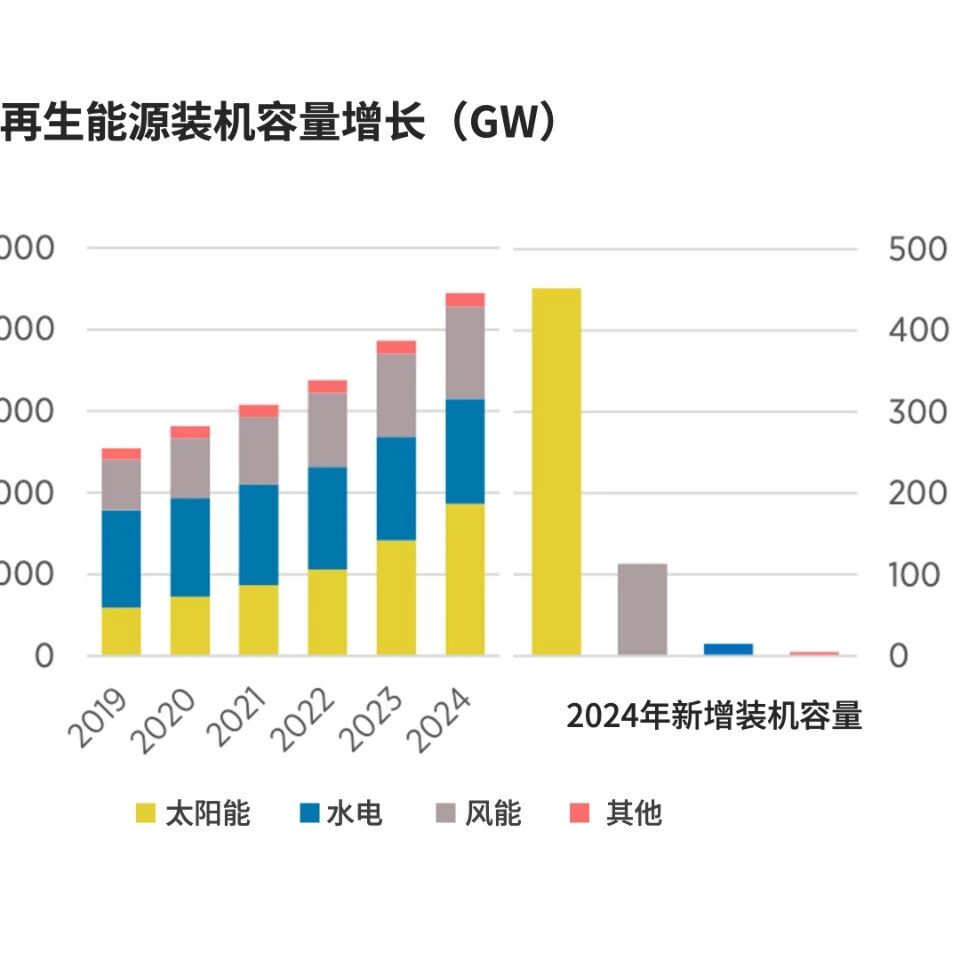To enable AI to transform healthcare, investments, workflows, and skill sets must all evolve.
Image source:Getty Images/iStockphoto
Jennifer Goldsack
CEO of the DiMe Association
Shauna Overgaard
Senior Director of AI Strategy and Framework, Mayo Clinic Center for Digital Health
The application of artificial intelligence in healthcare is rapidly expanding—but resource allocation will determine whether this technology delivers positive outcomes.
Successfully implementing AI at scale requires targeted investment.
Clinical staff must enhance their AI-related skills while also leveraging AI to reshape the broader healthcare landscape.
The potential of artificial intelligence in the healthcare sector has already attracted widespread attention. In the U.S. alone, venture capital investments in medical AI are set to reach $11 billion this year, with additional funding from institutional investors and other organizations entering the massive U.S. healthcare market—estimated at up to $4.5 trillion.People are enthusiastically investing in and adopting generative AI, applying it across a wide range of industries—yet at the same time, there’s a strong belief that this technology is the long-awaited silver bullet capable of revolutionizing our fragmented healthcare system. Meanwhile, critics counter that we’re ill-prepared, lacking both the expertise and infrastructure needed to roll out this transformative tech in an industry where lives hang in the balance—and where health equity remains perpetually elusive.The reality is that it’s still too early to determine whether generative AI in healthcare will prove helpful, cause harm, or simply waste billions of dollars without improving people’s lives. However, one thing we can be certain of is that our recent resource-allocation decisions will shape the outcome of this cutting-edge medical innovation.Investing in innovation diffusionCurrently, the adoption of generative AI solutions is largely confined to leading academic medical centers—a hallmark of how healthcare innovations typically spread. Let’s take a look at the technological advancements driving the evolution of laparoscopic (keyhole) surgery.These innovative minimally invasive techniques, which rely on cameras inserted through small incisions rather than traditional open surgery, were first adopted by surgeons at academic institutions—before gaining widespread use across the country. As a result of this relentless, dedicated research, patients now enjoy improved experiences, significantly better outcomes, and substantial cost savings.This innovative spread and exceptionally high return on investment didn’t happen by chance—instead, massive investments were made to fuel the minimally invasive surgery revolution. From retrofitting operating rooms to accommodate these cutting-edge technologies, to reimagining clinical workflows, and even undertaking large-scale retraining of entire clinical teams, widespread success was anything but accidental.When planning the future of AI-driven healthcare, we must fully commit to researching the clinical workflows needed to develop AI—and to training and supporting medical staff so they can safely and effectively implement these tools.Reimagining the clinical workforceThe widespread adoption of laparoscopic surgery requires new knowledge, skills, and expertise—but not a new nursing team. Whether performed laparoscopically or through open surgery, the success of any procedure hinges on the surgeon’s understanding of physiology, anatomy, disease mechanisms, and surgical techniques.However, identifying and managing the risks associated with AI in healthcare—such as limited understanding of how AI makes decisions ("black-box reasoning"), ensuring consistent AI performance over time ("AI drift"), and preventing over-reliance on AI recommendations ("automation bias")—as well as safeguarding privacy and security, requires care teams to possess a fundamentally different set of skills. This expertise must seamlessly integrate clinical and technical knowledge, going far beyond the capabilities of traditional clinical staff.Simply asking existing clinical staff to acquire new skills isn’t enough. Instead, we must start investing in multidisciplinary healthcare teams that seamlessly integrate traditional clinical expertise with technological capabilities—and build upon this foundation by introducing innovative nursing and community roles. This way, we’ll be fully prepared as artificial intelligence fundamentally transforms how we deliver healthcare in the digital age.Prepare for change—don't just wait for it.In the age of AI in healthcare, we don’t just want a new way to perform surgery—we must first strive to prevent as many people as possible from needing it in the first place.Beyond this analogy, we don’t want to simply rely on AI to better triage emergency room patients—we must instead embrace the trend of proactively preventing people from even needing emergency care in the first place.We don’t just want to make it easier for people to navigate the complexities of today’s late-stage cancer diagnoses. We must ensure they can receive personalized screenings tailored to their individual risk levels, followed by swift diagnoses—and access to optimized, affordable, and readily available treatments, regardless of whether they currently have treatment options.This vision calls for us to fundamentally shift our current focus and resource-allocation strategies related to medical AI. We must move beyond "models" and immediately start placing greater emphasis on the problems we’re aiming to solve with this next-generation toolkit.Unless we prioritize patients' needs and develop—and implement—AI solutions that fundamentally transform healthcare delivery, the billions already invested—and those yet to come—will fail to deliver meaningful commercial or clinical outcomes.To achieve this goal, we must invest in translating scientific discoveries into practical, real-world healthcare solutions. This includes evaluating and refining workflows, preparing our staff through training and planning, and building the necessary infrastructure. Without aligning these efforts with ongoing investments in developing new models, these innovative solutions simply won’t have a market.These investments must be distributed globally across all healthcare institutions; otherwise, generative AI won’t reach the very medical systems and patients who need these innovations most—and who would benefit the most from them. Nor will it help reduce the overall healthcare costs we already bear through insurance premiums and taxes.This investment in preparatory work, though critical and situated further downstream from today’s concentrated resource efforts, has become absolutely urgent. Without a well-defined plan capable of large-scale, successful implementation, the billions of dollars poured into medical AI will go to waste—along with the invaluable opportunity to transform our fragmented, dysfunctional healthcare system into one that’s equitable and affordable for all.
The above content solely represents the author's personal views.This article is translated from the World Economic Forum's Agenda blog; the Chinese version is for reference purposes only.Feel free to share this on WeChat Moments; please leave a comment below the post if you’d like to republish.
Editor: Wang Can
The World Economic Forum is an independent and neutral platform dedicated to bringing together diverse perspectives to discuss critical global, regional, and industry-specific issues.
Follow us on Weibo, WeChat Video Accounts, Douyin, and Xiaohongshu!
"World Economic Forum"





